Sigma initially lent me their new Sigma 500mm F5.6 DG DN OS Sports lens to try out for a week but I was so impressed with it that I decided to buy my own copy.
This will be a rolling review aimed towards Sony wildlife photographers that I will be adding to as I spend more time with this lens.
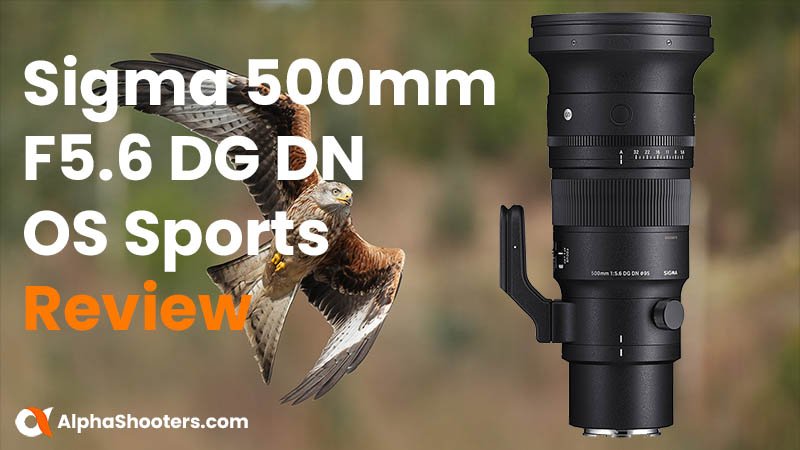
Summary
The Sigma 500mm F5.6 DG DN OS Sports is a brilliant lens that focusses fast and delivers superb image quality in a relatively small body weighing only 1,515g with the lens hood attached.
This lightweight telephoto prime lens is a very attractive alternative to the much heavier and larger Sony 200-600 F5.6-6.3 G lens, although you will need to find around $1000 to fund it.
If you appreciate lighter and smaller lenses then I’d strongly recommend taking a closer look at the Sigma because it feels like carrying a feather in comparison to the 200-600.
Yes there are restrictions such as the lack of teleconverter support for E-mount and a maximum burst rate of 15 fps. These are restrictions that Sony sadly enforces on third-party lens manufacturers and not because the lens is not capable of shooting faster than 15 fps.
Quick Specs
Here’s a quick look at the key specifications of the Sigma 500 for Sony E-mount.
| Sigma 500mm F5.6 DG DN OS Sports (E-mount) | |
|---|---|
| Format | 35mm full-frame |
| Focal Length | 500mm |
| Maximum Aperture | F5.6 |
| Minimum Aperture | F32 |
| Lens Construction | 20 elements in 14 groups |
| Angle of View | 5.0° |
| Number of Diaphragm Blades | 11 rounded |
| Minimum Focusing Distance | 320cm / 126.0in. |
| Maximum Magnification Ratio | 1:6 / 0.17x |
| Stabilization | Yes 5 stops |
| Filter Size | 95mm |
| Teleconverter Support | Not for E-mount |
| Maximum FPS | 15 |
| Dimensions (Diameter × Length) | φ107.6mm x 236.6mm / φ4.2in. x 9.3in |
| Weight without lens hood | 1,365g / 48.14oz |
| Weight with lens hood | 1,515g / 53.44oz |
| RRP Price | $2,999.00 / £2,779.00 |
| Check Current Price At | B&H Photo | Amazon |
Focal Length & Aperture
The Sigma 500 F5.6 is a prime telephoto lens which has a fixed focal length of 500mm and a maximum aperture of F5.6.
Compared to a 600mm lens such as the Sony FE 200-600 F5.6-6.3 you will effectively be 20 percent further away from your subject than you would be if shooting with a 600mm lens from the same spot.
Minimum Focusing Distance & Magnification
The Sigma 500 F5.6 has a minimum focusing distance of 320cm / 126.0in. and a magnification ratio of 1:6 / 0.17x.
With such a large minimum focusing distance if you enjoy shooting bugs and insects this lens might not deliver the close-up shots that you are after unless you are using a higher megapixel camera and can crop in further.
Here’s an uncropped shot of a little female siskin in my garden shot at the minimum focusing distance.
And here is the same shot but cropped to 4000px at the long edge.
Shooting with the 50 megapixel A1 does allow for more aggressive cropping and thanks to the sharpness of the Sigma the images should still hold up very well.
Image Stabilization
The Sigma 500 features built in stabilization and Sigma claims that it delivers 5 stops of compensation thanks to their OS2 algorithm.
With stabilization enabled I was able to shoot hand held down to 1/25sec and still achieve respectably sharp images. This book was shot from a distance of 12 meters.
With stabilization disabled I needed to increase the shutter speed to 1/640sec to achieve the same level of sharpness, which is almost 5 stops just as Sigma claims.
There are two stabilization modes. Mode 1 can be used for all types of photography to help reduce unwanted camera shake at slower shutter speeds. Whilst Mode 2 employs SIGMA’s intelligent OS algorithm for smoother panning shots.
There is also a Custom switch with the options (OFF | C1 | C2). Unfortunately unlike L-mount shooters who can use the Sigma USB Dock to customize these functions, Sony shooters are stuck with the default settings. C1 is called “Dynamic View” and offers a recognizable OS effect in the viewfinder to help with composition. C2 is called “Moderate View” and focuses more on stabilizing the image at capture and less on stabilizing the viewfinder.
Body & Controls
The Sigma 500 weighs just 1,365g (with foot but without hood and caps).
The lens hood of the Sigma 500 weighs 150g which takes the total weight up to 1,515g.
The lens measures 107.6mm in diameter x 236.6mm in length (φ4.2in. x 9.3in).
Here’s the Sigma being dwarfed by the Sony FE 200-600.

The Sigma 500 weighs around 895g less than the Sony 200-600 with their hoods attached which is a pretty significant weight saving.
The Sigma features 3 customizable buttons, a focus limiter switch, AF/MF switch, OS switch with modes 1/2 and off. There’s also the Custom switch mentioned previously.
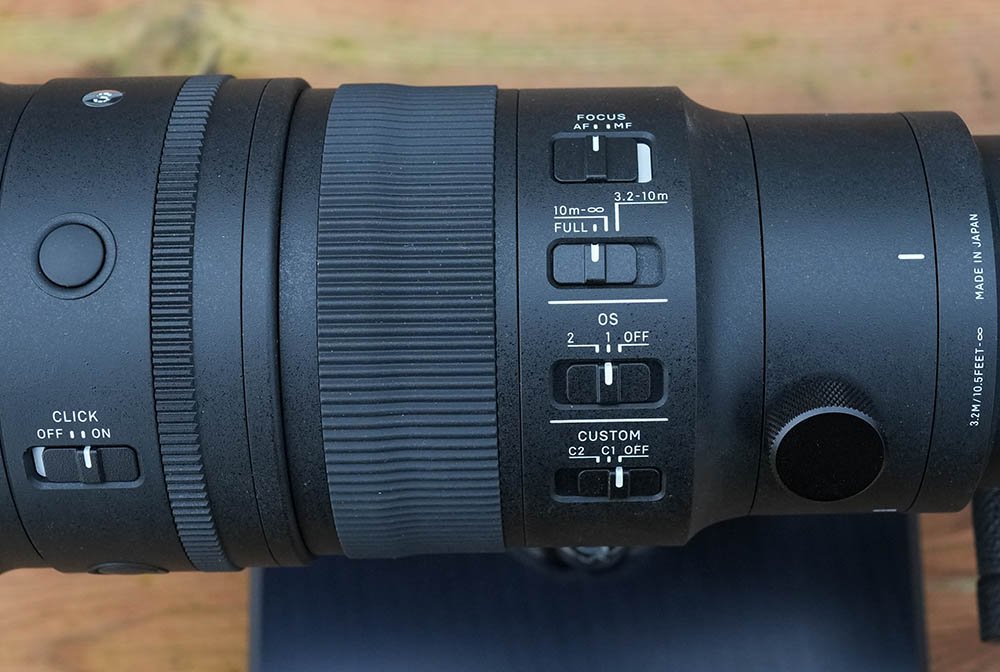
There’s also de-clickable and lockable aperture ring which will probably be appreciated more by videographers than photographers. Thankfully when positioned in the A position you can still control the aperture with the camera body.
You’ll find a silky smooth focus ring located towards the rear of the lens just behind the aperture ring.
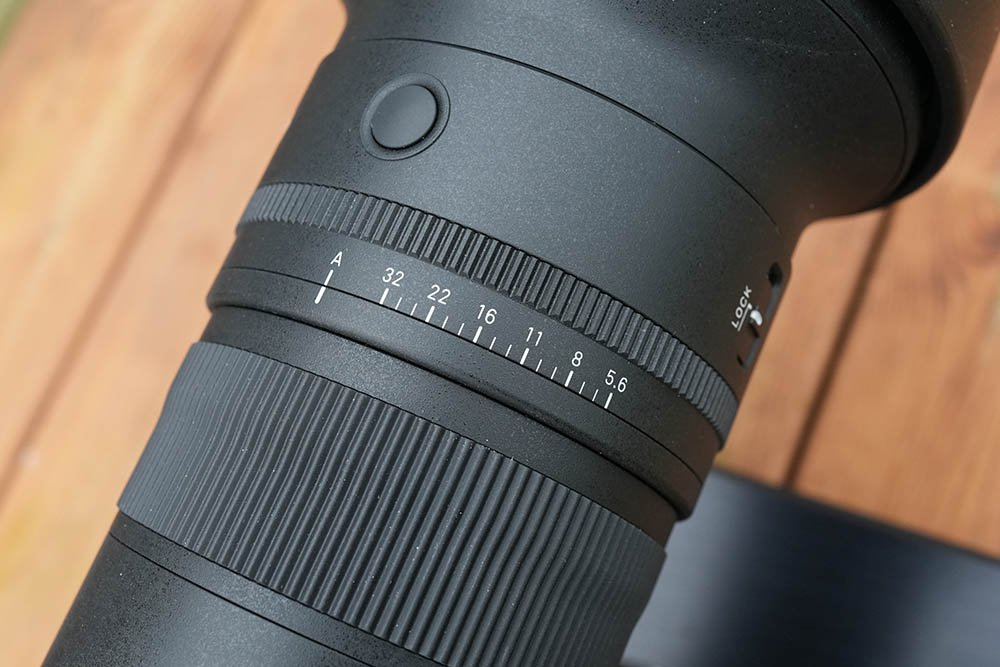
The Sigma 500 has a small tripod foot with integrated dovetails making it arca-swiss compatible. However, it could do with being a little larger because there’s not a lot to hold onto if you want to carry the lens by its foot. Hopefully a third-party replacement option will be on the market soon.
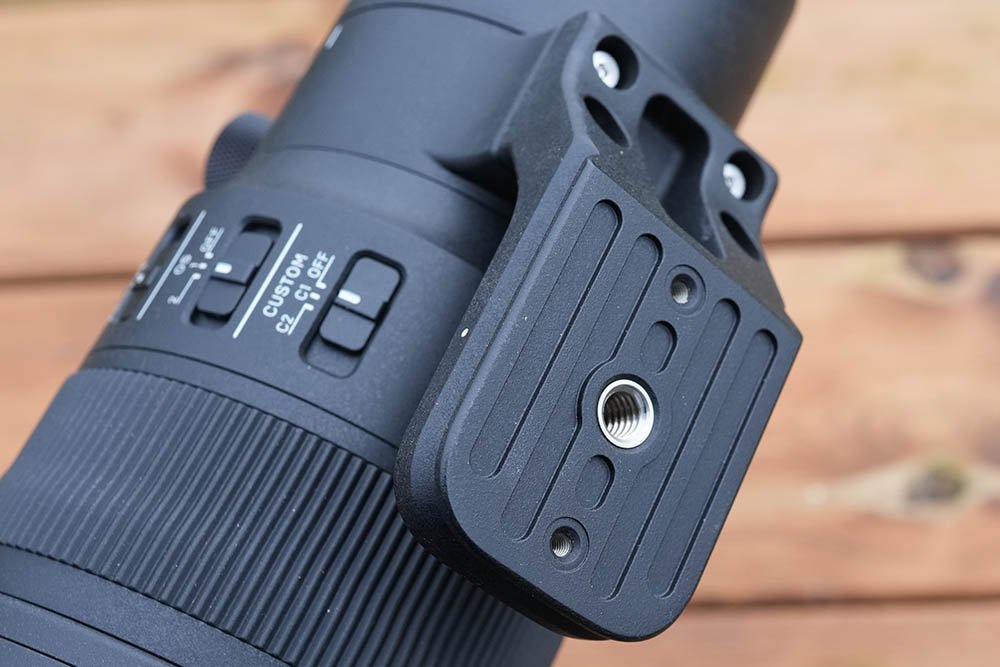
The lens foot is removable and it also rotates on a collar which is adjusted via a tension knob. There are markings and detents at the four cardinal positions, which makes it much easier to rotate quickly and to find the position you want.
The lens hood is attached via a tension knob and is ribbed on the inside. There is also a rubberized rim that will allow you to stand the lens on the hood if you wish.

Image Quality
As you would expect from a Sigma prime lens the image quality is very good. Below you’ll find a small collection of sample images.
You can find further sample images shot my myself as well as other photographers over on our forum.
Autofocus Performance
I’ll be putting together a YouTube video soon to better demonstrate the AF performance of the Sigma, until then here are my early thoughts.
The Sigma 500 focuses quickly and quietly on my A1 and it tracked really well too, only a handful of shots were slightly soft and those could easily be put down to user error!
I only tried the Sigma briefly on my A7RV and it seemed to struggle a little more at times to lock-on to the kites. For perched birds this wasn’t an issue and Eye AF also worked very well.
The Sigma did seem to struggle a little more with tracking against busy backgrounds on the A7RV, but when locked on only a handful of images were slightly soft.
Compared to my 200-600 on my A1 I felt it performed very closely. But red kites are pretty big birds and they won’t challenge a lenses focus motors as much as shooting something smaller and faster such as swifts, so it’s hard to say how well the Sigma 500 will perform with faster more challenging subjects.
I also briefly tested the Sigma 500 on my A7IV and A6700 for shooting perched birds. Here the focus locked on quickly and Eye AF also worked really well.
I also very briefly tried out the A6700 for shooting birds in flight and it didn’t appear to have any struggles providing you can find the bird in the frame because the field of view is so narrow with this combination.
Teleconverter Support
If you want to make use of Sony’s SEL14TC (1.4x) and SEL20TC (2x) teleconverters I’m afraid you are out of luck.
The Sigma 500 for E-mount does not support the teleconverters because Sony restricts teleconverter support to their own first party lenses.
The L-mount version of the Sigma 500 does support both Sigma’s TC-1411 (1.4x) and TC-2011 (2x) teleconverters.
Maximum Frames Per Second
Sony unfortunately also restricts third-party lenses like the Sigma 500 to a maximum of 15 fps. However, unless you are shooting with an A9 Series or the A1 this is not going to be an issue for you.
Personally I rarely shoot my A1 over 15 fps because it takes far too long to cull the images afterwards, so this limitation is more of a blessing than a hindrance.
Compared to Sony FE 200-600
The Sigma 500 is definitely a much more compact and lighter weight alternative to Sony’s FE 200-600. If you’d like to find out more about how these lenses compare to one another then please visit my Sigma 500 vs Sony 200-600 comparison.
Sample Images
You can find further sample images over on our forum. Forum members also contribute to this sample image thread.
Registered forum members can also find some raw files to download taken with the Sigma 500mm here.
More to Come
As I mentioned at the start of this article I’ve not had this lens for very long but I will continue to add to this review as I spend more time with it throughout the summer. That’s if we have a summer this year as so far it has been very wet!














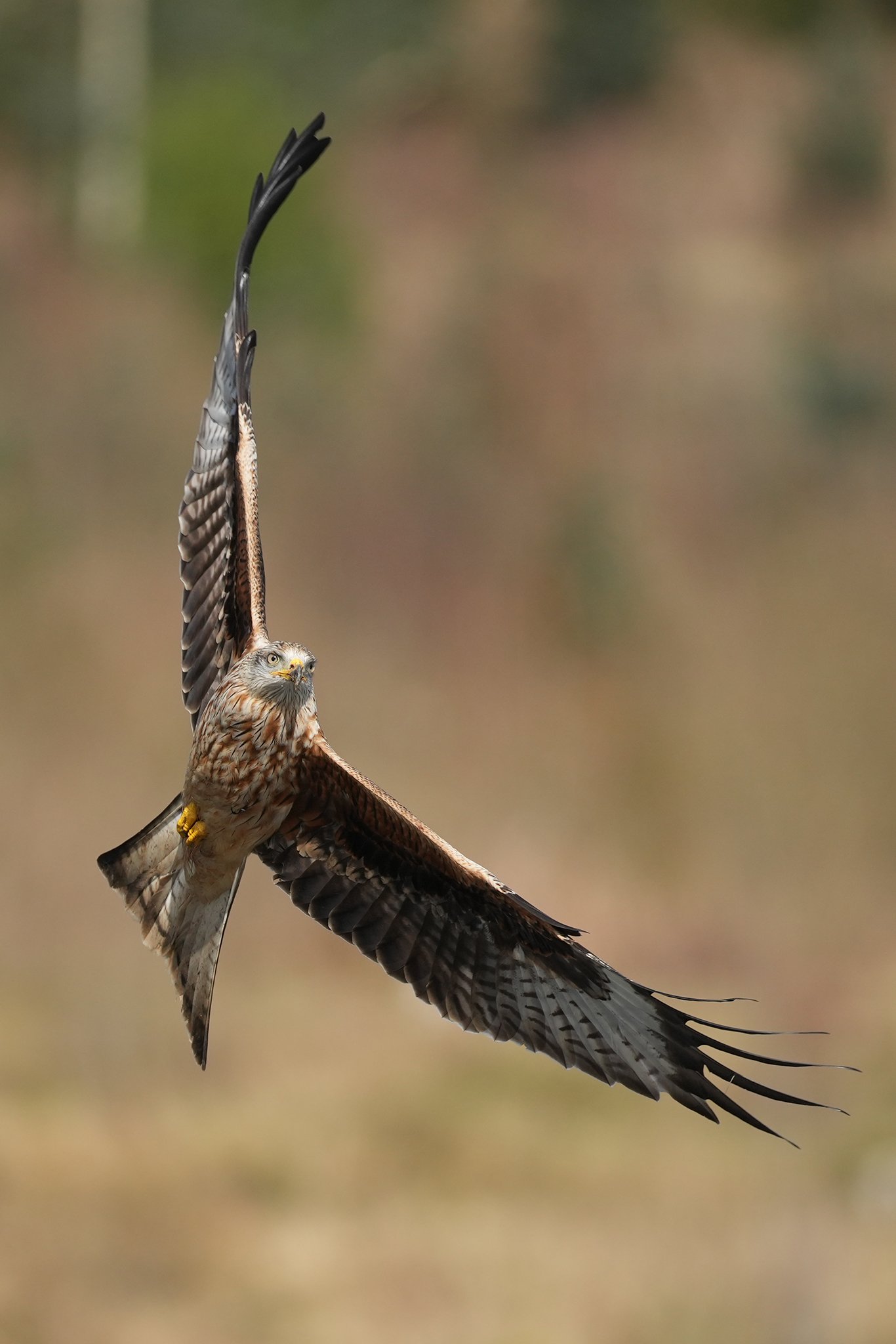
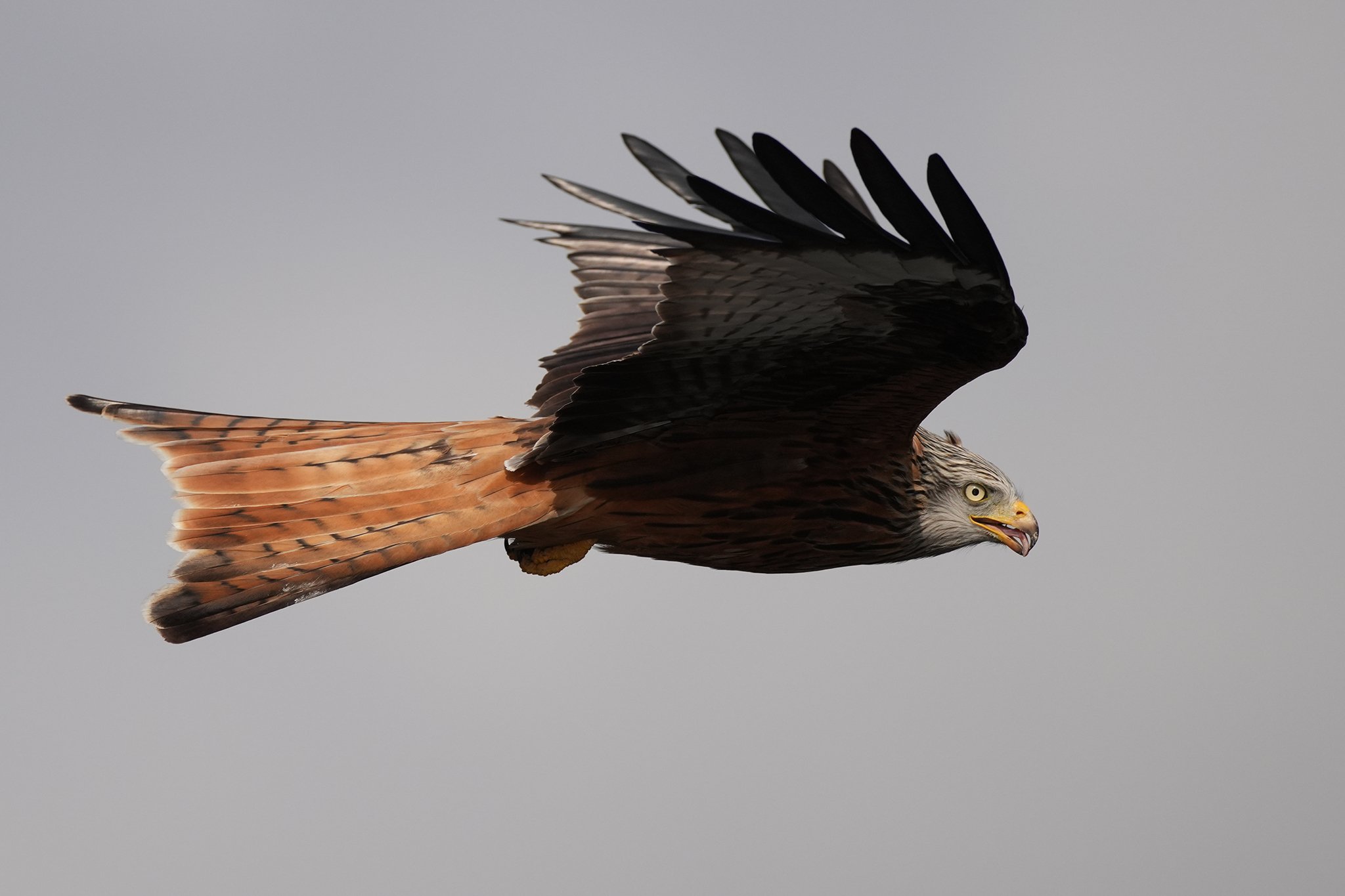
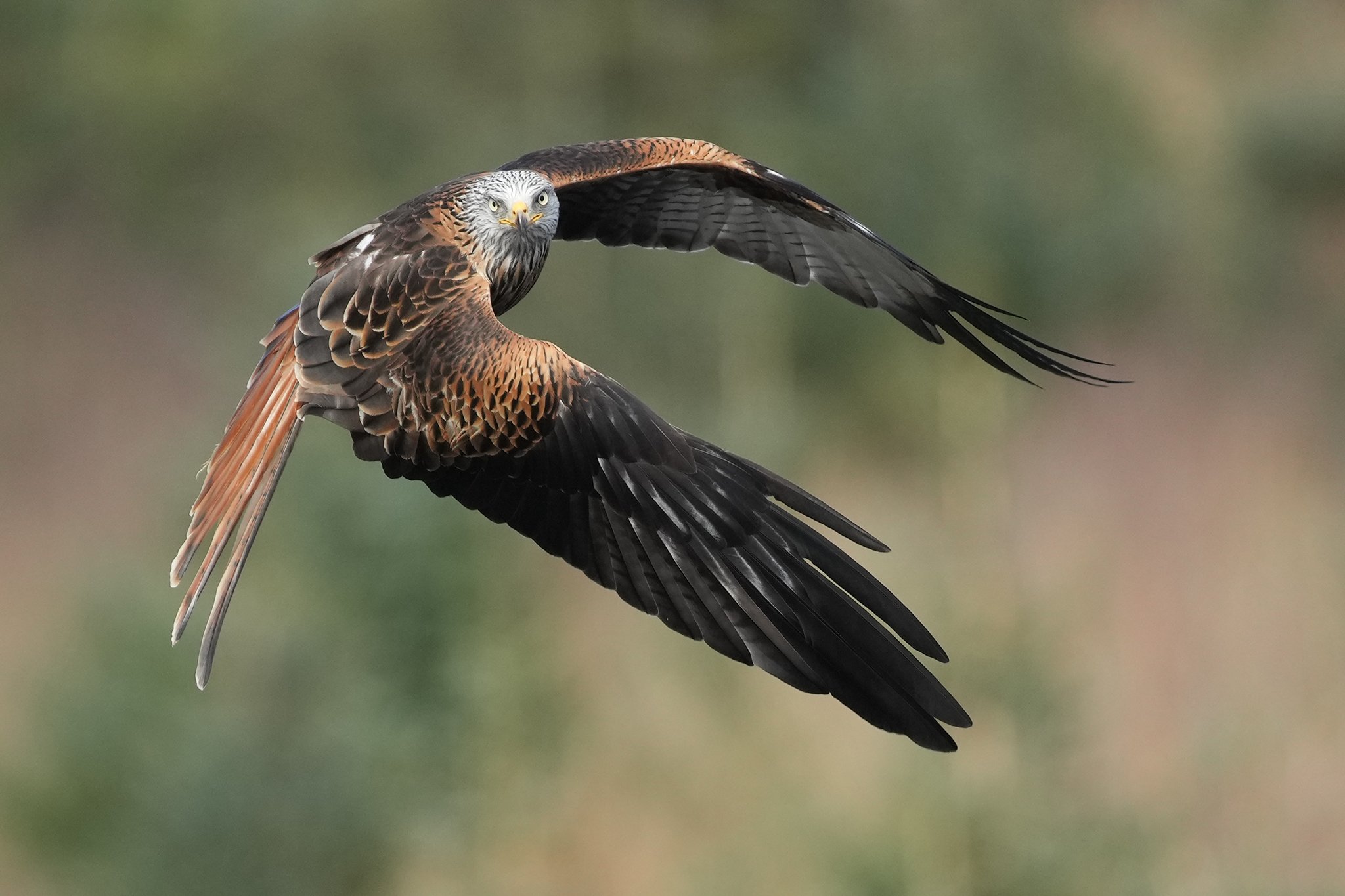



Leave a Reply